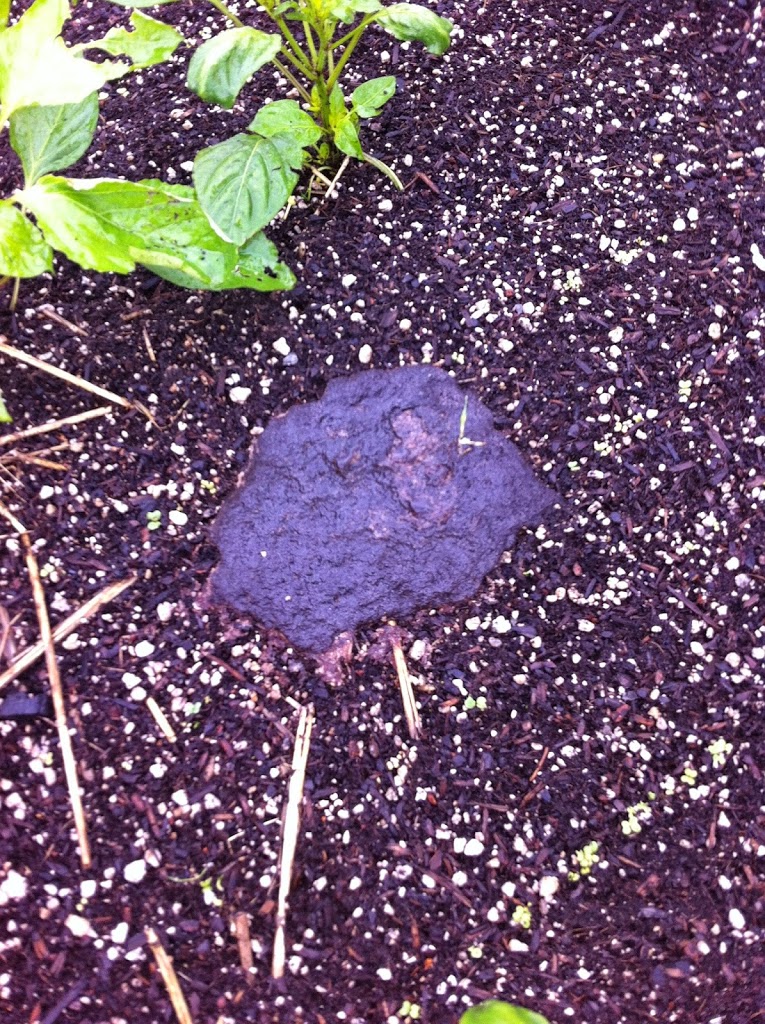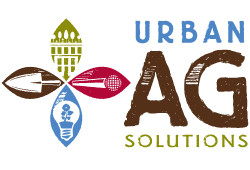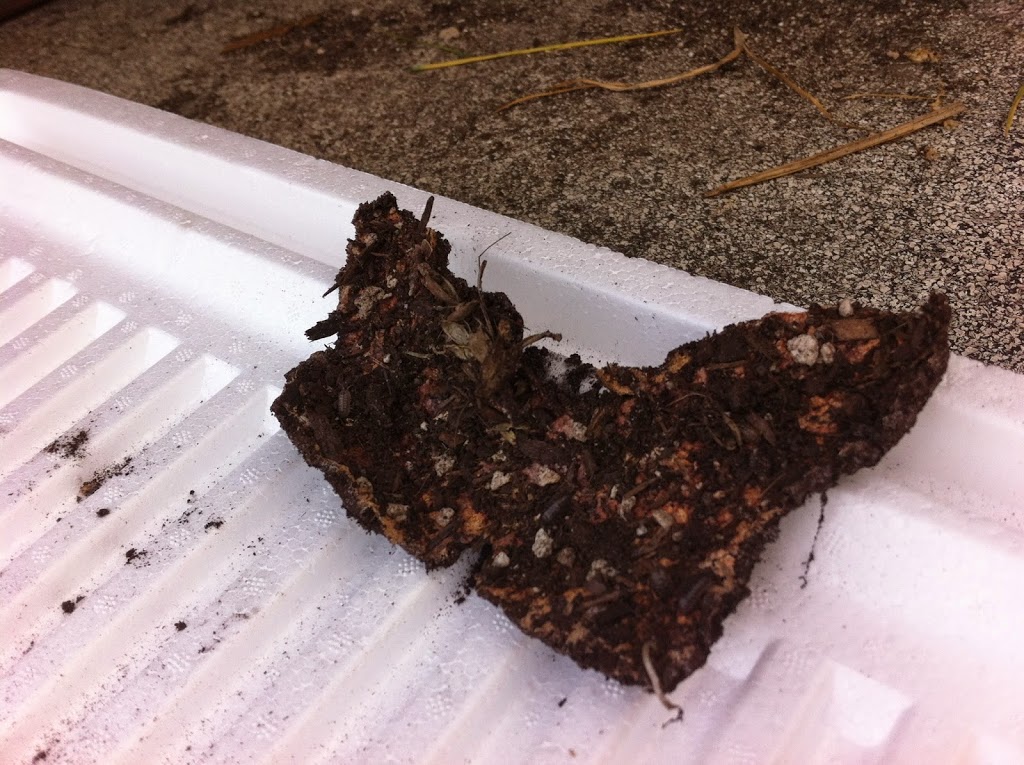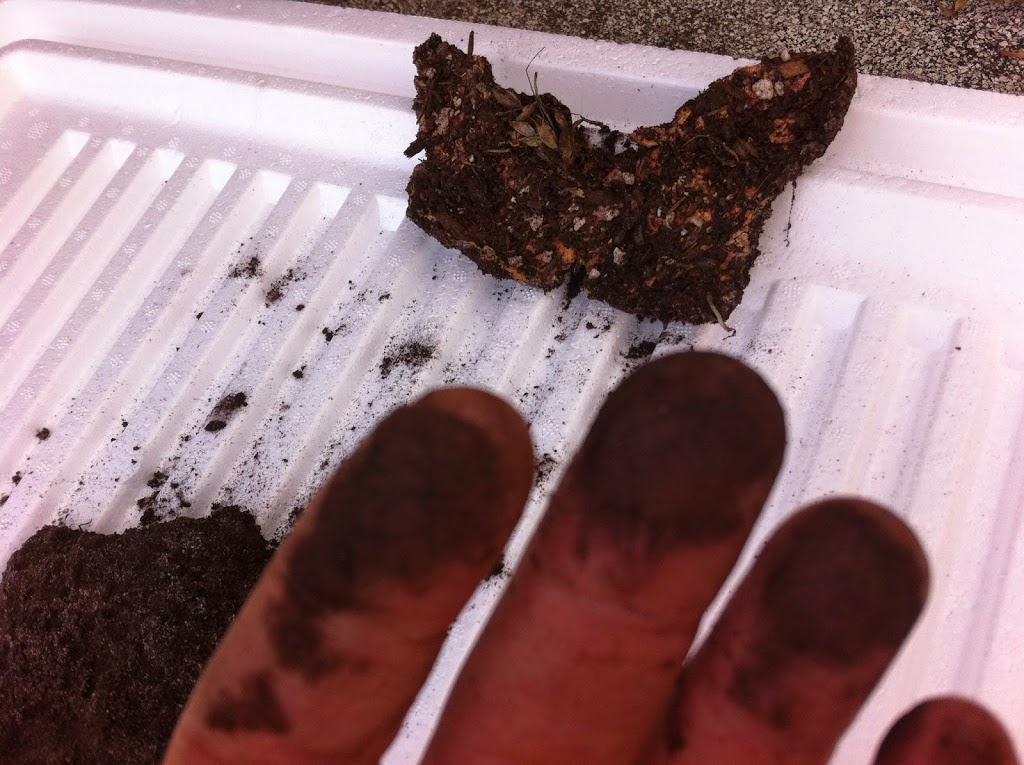So you thought one post on the disgusting, yet strangely fascinating, slime mold was going to be enough, but, no, I couldn’t resist an update.
 |
| Is it wrong that I wanted to photograph this? |
Shortly after I took the first set of images, I observed the slime mold morph, changing from a tawny-colored, dog-vomit-like form (see previous post for image) to a rich, dark, chocolatey dog-poop-like form. I guess what I mean to say is that the color resembled dog poop, but the form….well, I’m not going to dwell upon what must be to many a rather unsavory and overwrought analysis.
At this point the astute or disgusted reader may be wondering why I am spending all this time obsessing on and wasting words over slime molds, when clearly this blog’s focus is on vegetable gardening? I suppose it’s because I see vegetables in an ecological context. While our aim as gardeners may be to extract maximum yield, still due deference must be given to the other community members which somehow make a yield possible. Not that I’ve ever heard of slime molds being keystone members of the garden soil food pyramid, yet they play their part, and with a bit of intelligence at that. It would be my own hubris to ignore them. And maybe understanding gardening is like viewing those stars which are best seen at the periphery of vision (a nicer analogy than dog vomit, right?). Focusing on slime molds for a time and letting veggies drift to the side may perhaps afford a clearer view of what it means to garden. God knows we don’t need more of the agricultural ubermensch who attempts to wring fruitfulness from the soil by virtue of will and intellectual domination. Modern agriculture is just this sort of Neitzschean project, which errs by its prideful ignorance of the, in its view, lesser creatures. There may be some sort of salvation in letting a slime mold have its day (although up to this point it appears relatively benign), and I am happy to give it some of my time, attention, and wonder. It’s my attempt to tip my hat to Mother Nature and let her know I don’t always consider myself top dog. She’s put a powerful amount of mystery in the soil, and our human vegetable project is only one small part of the story of what goes on there.
OK, now jumping off my soapbox and now back to being an observer. Just a few days later as the mold had again changed, I sensed it had insured its longevity. The last incarnation of the organism was perhaps its most approachable. It had dried into a delicate husk, covered on the top by a velvety, cocoa-like powder, which colored my fingers when I touched it.
I saw its final act of intelligence when I watered another part of it I had left in the bed. With each drop of water that hit, a whisp of brown smoke rose up into the air, the organism scattering its spores upward to land wherever they would.


